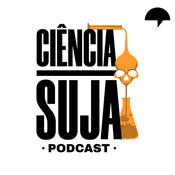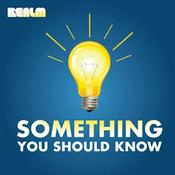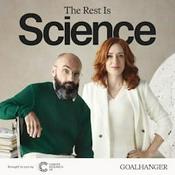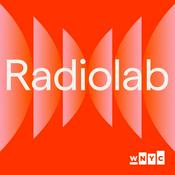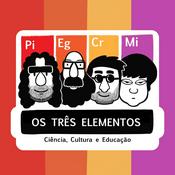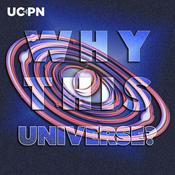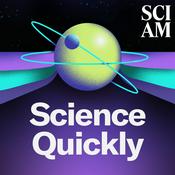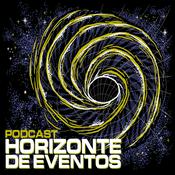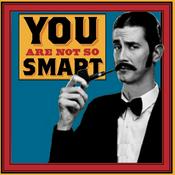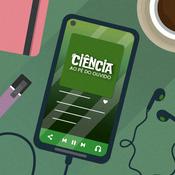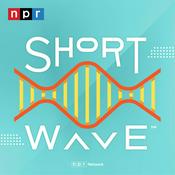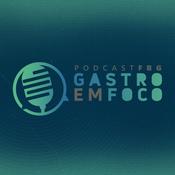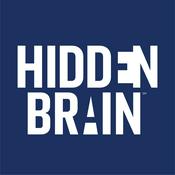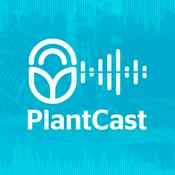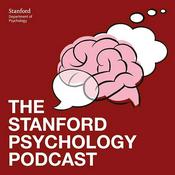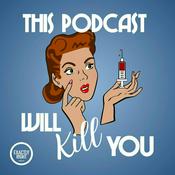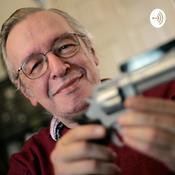Episódios Disponíveis
5 de 38
- Menopausa: será que há luz no final deste túnel?ReferênciasMOSCONI, Lisa et al. Menopause impacts human brain structure, connectivity, energy metabolism, and amyloid-beta deposition. Scientific reports, v. 11, n. 1, p. 10867, 2021.--------9:53
- O Efeito Placebo – Quando o Cérebro Faz MedicinaReferência MEISSNER, Karin et al. The placebo effect: advances from different methodological approaches. Journal of Neuroscience, v. 31, n. 45, p. 16117-16124, 2011.--------9:26
- Ayahuasca: da ancestralidade à neurociênciaREFERÊNCIASANTOS, Guilherme Henrique de Morais et al. Neural Network Modulation of Ayahuasca: A Systematic Review of Human Studies. Psychoactives, v. 2, n. 1, p. 76-91, 2023.--------10:43
- O nascimento do instinto maternoREFERÊNCIASBARBA-MÜLLER, Erika et al. Brain plasticity in pregnancy and the postpartum period: links to maternal caregiving and mental health. Archives of women's mental health, v. 22, n. 2, p. 289-299, 2019.--------6:31
- A arte de ler mentes: a teoria da menteReferênciasBLAKEMORE, Sarah-Jayne. Development of the social brain in adolescence. Journal of the Royal Society of Medicine, v. 105, n. 3, p. 111-116, 2012.CARLSON, Stephanie M.; KOENIG, Melissa A.; HARMS, Madeline B. Theory of mind. Wiley Interdisciplinary Reviews: Cognitive Science, v. 4, n. 4, p. 391-402, 2013.--------8:27
Mais podcasts de Ciência
Podcasts em tendência em Ciência
Sobre Cérebro Descomplicado
Este é o podcast para você que ama conhecer a fundo o funcionamento desta máquina magnífica, o cérebro! Traremos quinzenalmente temas relacionados à neurofisiologia.
O podcast é voltado para estudantes de graduação das áreas Biológicas e da Saúde e, também, para você, que mesmo não sendo da área, adora se aprofundar nesse assunto!
Site de podcastOuça Cérebro Descomplicado, Ciência Suja e muitos outros podcasts de todo o mundo com o aplicativo o radio.net
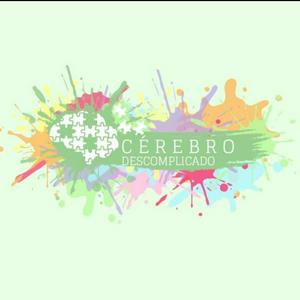
Obtenha o aplicativo gratuito radio.net
- Guardar rádios e podcasts favoritos
- Transmissão via Wi-Fi ou Bluetooth
- Carplay & Android Audo compatìvel
- E ainda mais funções
Obtenha o aplicativo gratuito radio.net
- Guardar rádios e podcasts favoritos
- Transmissão via Wi-Fi ou Bluetooth
- Carplay & Android Audo compatìvel
- E ainda mais funções


Cérebro Descomplicado
Leia o código,
baixe o aplicativo,
ouça.
baixe o aplicativo,
ouça.
